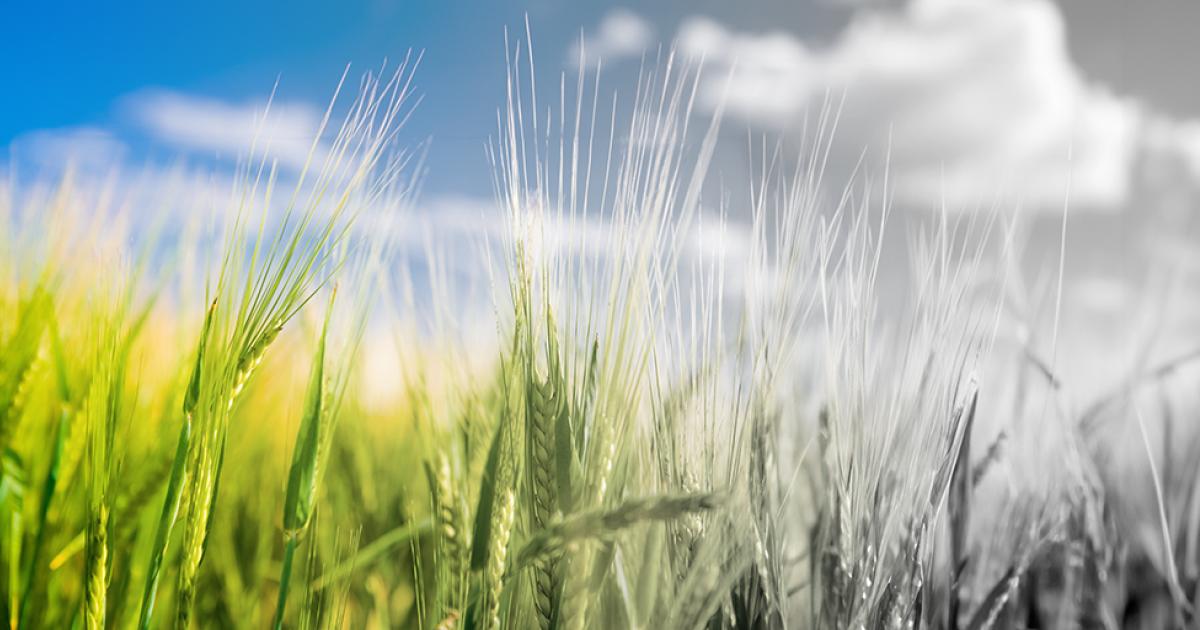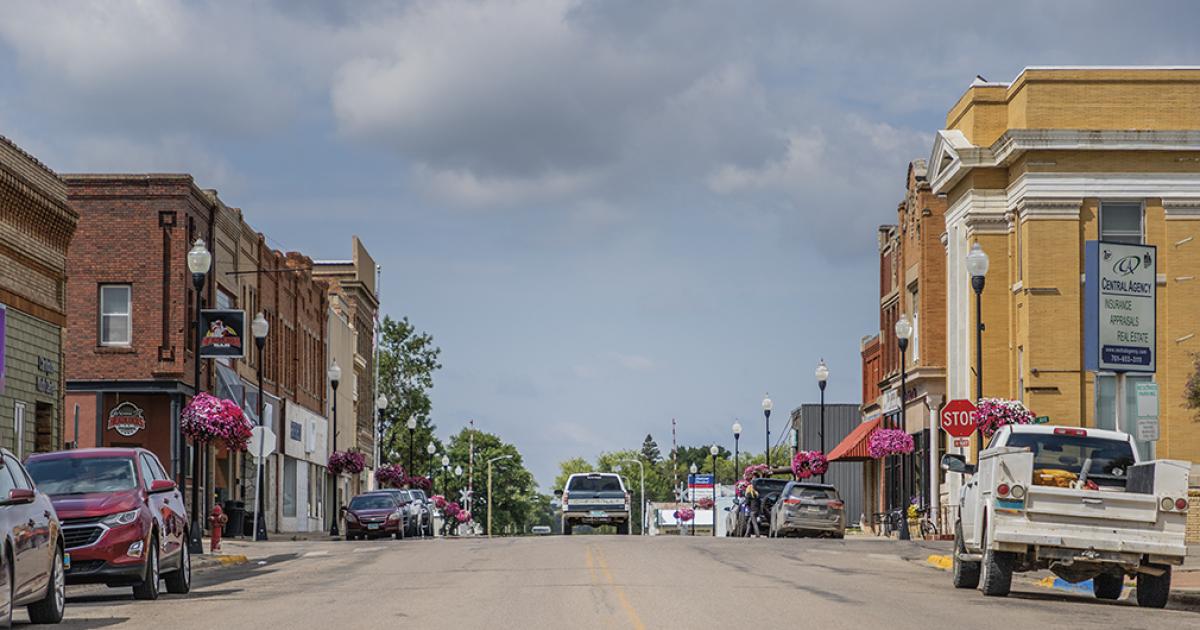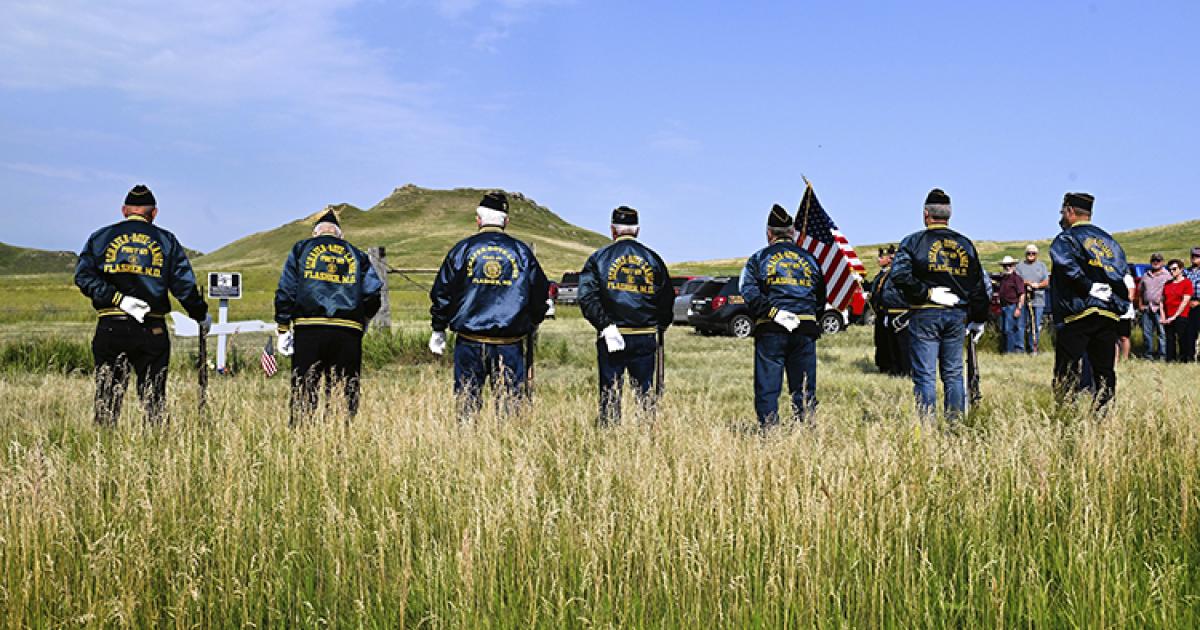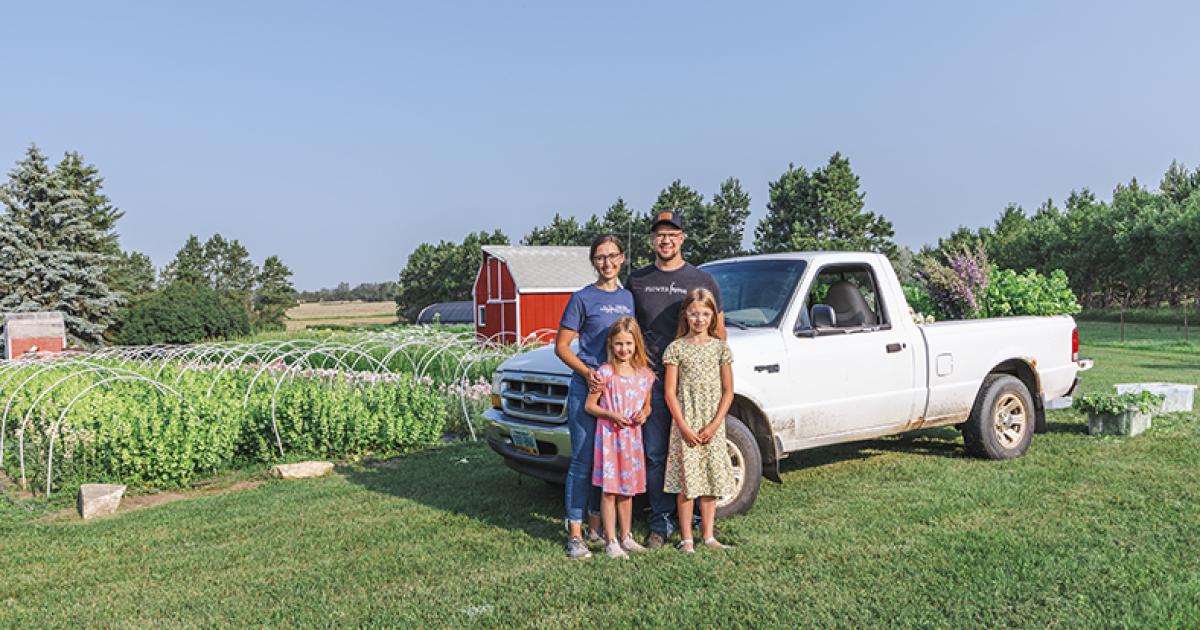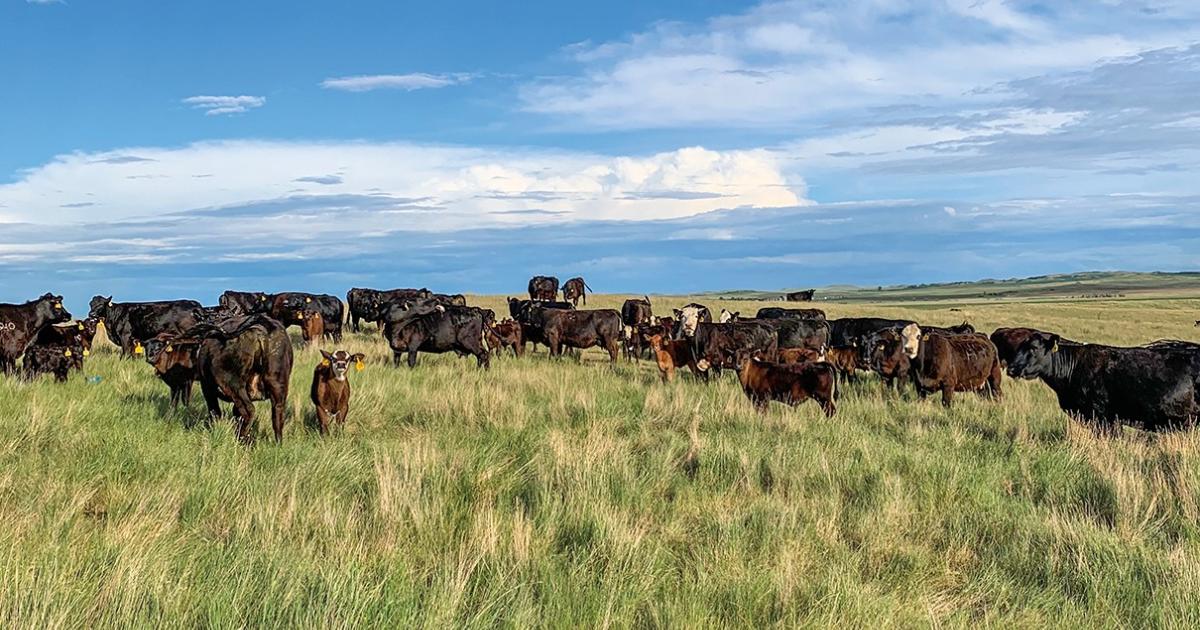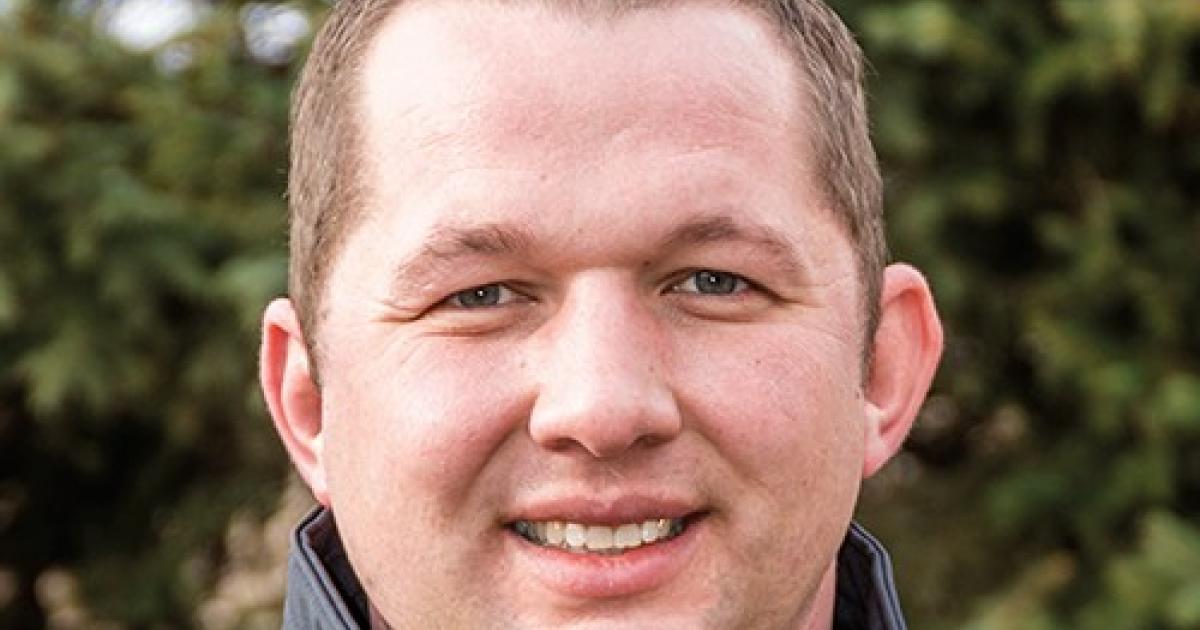The average age of the American farmer is 58.1 years old, and nearly 40% of producers in the United States are age 65 or older, according to the U.S. Department of Agriculture’s (USDA) 2022 Census of Agriculture released Feb. 13.
Surprising? No.
The census also reveals the United States is losing farms – about 7.5% since 2017, when the last ag census was completed. America now has about 1.9 million farms, a loss of 142,000 farms in five years. North Dakota is slightly behind the national trend. From 2017 to 2022, North Dakota lost 5% of its farms, with 25,068 farms remaining.
Shocking? Not really.
The impacts of the baby-boom generation have been discussed, predicted and debated across forums for decades. Politicos have been talking about baby boomer retirements long before the generation reached the golden age of 65.
But their day has finally come. Baby boomers are reaching “peak 65” in droves. More than 11,200 Americans will turn 65 every day – or over 4.1 million every year – from 2024 through 2027, according to estimates from the Alliance for Lifetime Income’s Retirement Income Institute.
Collectively, this data paints shades of gray over the future rural landscape. How will baby boomer farm retirements impact agriculture? What ripple effects will the “silver tsunami” make in rural communities?
RURAL COMMUNITIES
“It’s pretty bleak,” says Dr. David Peters, a professor and extension rural sociologist at Iowa State University, who has been examining similar questions.
Forecasting with data from USDA’s Agricultural Resource Management Survey (ARMS), Peters predicts Iowa will lose half of its small farms in the next 10 years. The second cliff, he says, will be in 10 years, when 53% of midsize farm operators and 55% of large farm operators in Iowa will be over age 65. (ARMS data for North Dakota is not available.)
“We’re going to have a rapidly aging farm population in Iowa and then a big exodus of small farms (operations of about 300 to 400 acres), so that is a concern,” Peters says. “And there’s hardly any young people coming in.”
When farmers retire, there is not always a next-in-line to take over the farm. Financial barriers can also prevent those interested in farming from getting into the profession. And although the 2022 Census of Agriculture shows an 11% increase in beginning farmers since 2017, “newer” doesn’t necessarily mean “younger.”
“The boomers are retiring. Why should we care about that? You don’t want rural communities to be places where services decline,” Peters says. “The reason why we like the number of small farms (in Iowa), it does keep people in the countryside. (Small farms) are very important in terms of rural development. It helps stabilize rural school districts. It helps preserve that agricultural heritage.”
Farmers are not just a vital part of the ag sector – they contribute greatly to the vitality of local communities and help improve quality of life, especially in North Dakota. They serve on local cooperative boards or county commissions, are township officers and volunteer first responders, and put money in the offering plate at church on Sunday.
“Some of the most innovative leaders in rural areas are seniors, particularly senior citizens who are involved in agriculture,” Peters says. “Older farmers, if they leave those communities, there really is no younger cohort of leaders to take that place.”
Older residents (or any resident) leaving rural communities can be devastating. This is particularly true in less populous and remote regions of the country, like North Dakota, which averages 11.3 people per square mile. Comparatively, Iowa averages 57.1 people per square mile, according to 2020 U.S. census data.
“If 10 people leave, that could be your entire leadership base in the county. You need everybody,” Peters acknowledges. “We’re facing this demographic cliff of boomers exiting rural communities. We have maybe five, at most 10, years to figure this out. I mean, it will be horrible in 10 years. If there is no plan to keep seniors in place, keep them in the community, you’re going to lose a lot of people. And that has implications for per-capita financing from federal and state governments. … If (seniors) decide not to live in a community, it can really have a cascading effect on local services.”
TRANSFER OF LAND AND WEALTH
As baby boomers retire from farming and ranching, transfers of land and wealth will impact the heartland, too.
Kevin Pifer, former N.D. deputy commissioner of agriculture, has worked with many farm families making the transition out of agriculture, as founder and president of Pifer’s Auction & Realty & Land Management. During the company’s 20 years of business, Pifer has presided over many farm retirement and land auctions.
And many more are on the horizon. Pifer says 370 million acres of U.S. land will change hands in the next 20 years.
“Generally speaking, we’re going to see a continued trend of baby boomers selling farmland, and that farmland, a majority of it will likely go to other farmers and ranchers, and 25% to 30% of it will go to investors,” he says.
Out of the 40 million acres of land in North Dakota, about 1% to 1.5% sells annually, according to Pifer.
“It may seem like a lot, but it really isn’t,” he says. “In perspective, on an annual basis, it doesn’t seem like much. But over a couple decades, the transfer of that land, whether it’s to the next generation or the sale of that land, it’s obviously going to change the makeup and the culture of our communities, rural North Dakota and rural America.”
The transfer of land also creates a transfer of wealth. Farmland values have increased 40% to 60% in recent years, Pifer says, and farmland continues to be an asset class many farmers, ranchers and investors desire in their portfolios.
“A lot of baby boomers basically have done very, very well. Right now in America, they represent $146 trillion of net wealth (out of $150 trillion in this country),” Pifer says. “And all of that wealth is being used or preserved or passed down to next generations.”
Even though the wealth of baby boomer farmers and ranchers has been generated in rural America, it won’t necessarily stay there. Many farm retirees from the Upper Midwest retire to warmer climates. Or perhaps the next generation, where the wealth has been passed down to, has already left the farm or rural community, with no desire to return.
“I think the great dichotomy is this: Baby boomers buy second homes or third homes, maybe in Arizona or Florida, and now they’re down there buying groceries or vehicles. In a way, our successes and our fortune and our wealth has almost become a curse to a degree, because we transfer out of our rural states like North Dakota,” Pifer says.
IS IT ALL BAD?
Farm retirements over the next 20 years will undoubtedly impact American agriculture – and rural America.
“I think the trend in American agriculture, it’s really about centralization. … Unfortunately, the smaller towns, they are going to suffer. We’ve seen that so much in the consolidation of rural schools, rural activities for the arts and music and sports. I really see that trend continuing,” Pifer says.
“Is it all bad? We understand the value of being part of rural America. Somebody has to prove to me this is a really, really good thing for America,” he says. “I don’t think it is, but it is what is it. And I think we all just have to learn to deal with this.”
___
Cally Peterson is editor of North Dakota Living. Contact her at cpeterson@ndarec.com.


